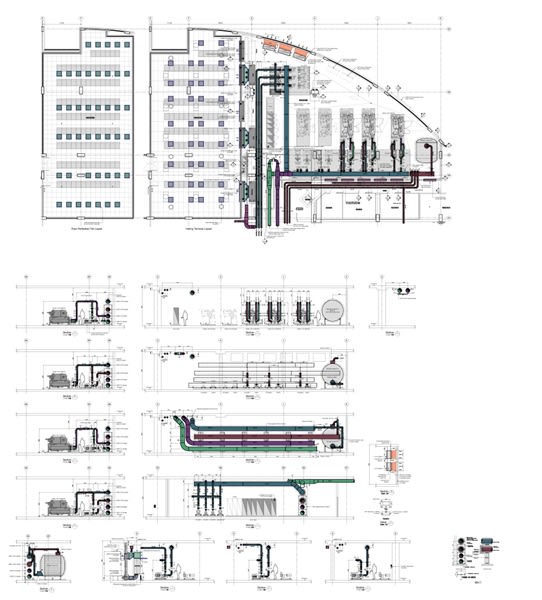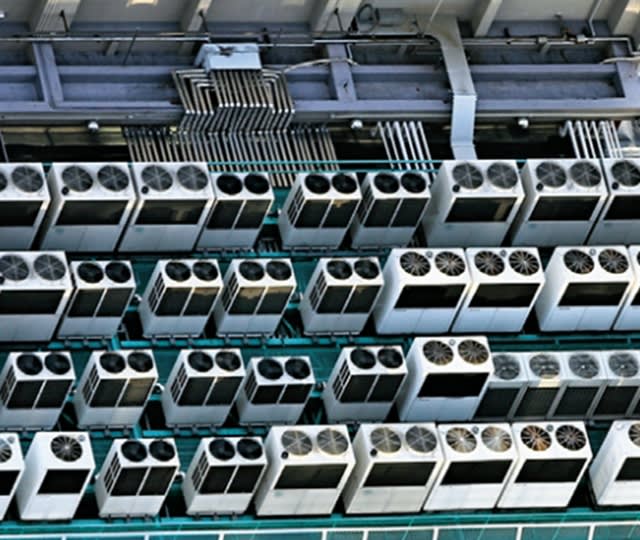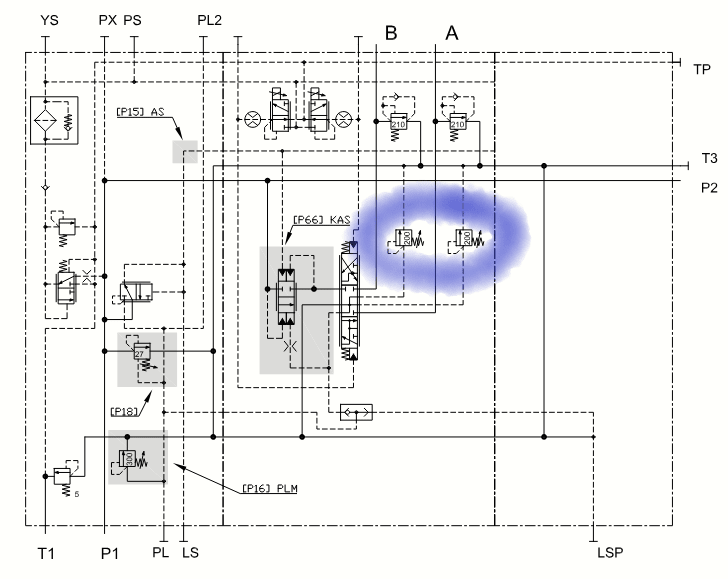HydroBuff
Industrial
- Aug 7, 2023
- 31
Hi everybody,
I have a couple of questions on a Parker K220LS valve using an ASC mid inlet. (part number 22000667)
Would you know what the application uses would be for part number 9120092290? Can I use that in an ASC mid-inlet if I don’t have any AS compensators?
Also, I would like to know if using PLS relief (part number 9120092269) will limit my max system pressure to a certain point lower than what PLM would.
Thank you.
I have a couple of questions on a Parker K220LS valve using an ASC mid inlet. (part number 22000667)
Would you know what the application uses would be for part number 9120092290? Can I use that in an ASC mid-inlet if I don’t have any AS compensators?
Also, I would like to know if using PLS relief (part number 9120092269) will limit my max system pressure to a certain point lower than what PLM would.
Thank you.





